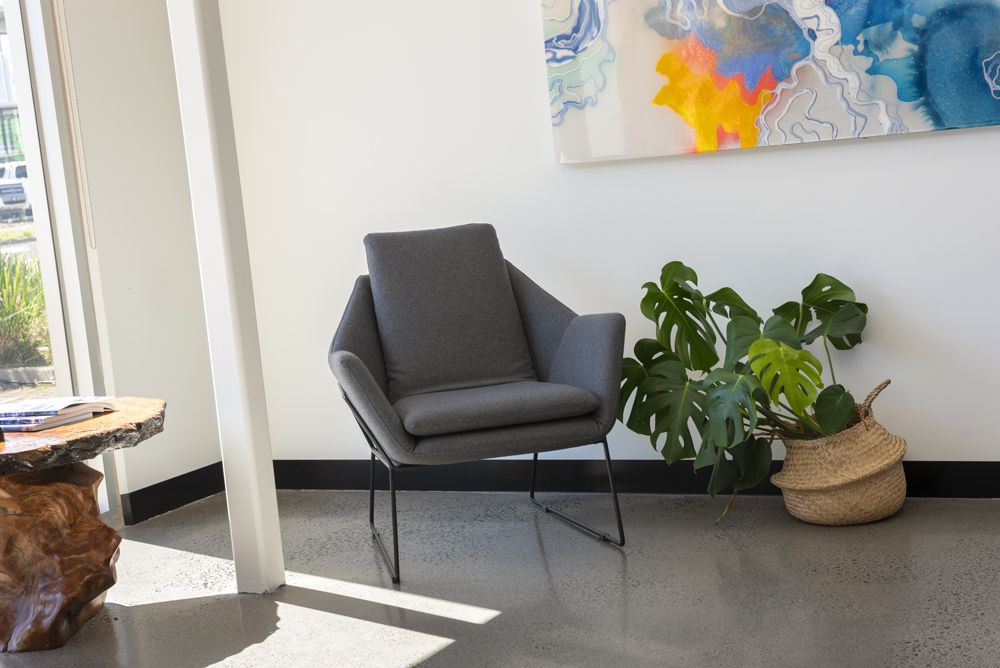Epoxy flooring is a popular choice for many commercial and residential buildings due to its durability and ease of maintenance. However, it’s not just the appearance or longevity of epoxy flooring that makes it an appealing option; epoxy flooring can also positively impact indoor air quality. This article will provide an overview of how epoxy flooring affects indoor air quality and discuss the various benefits this type of flooring offers.
Epoxy Flooring Basics
Epoxy flooring has long been known for its ability to resist wear and tear, but recent studies have shown that there may be additional advantages to using this type of flooring. In particular, research suggests that epoxy floors can reduce Volatile Organic Compounds (VOCs) in the air, which can help improve overall air quality inside a building. Let’s examine the evidence behind these claims and explore what other benefits epoxy floors may offer when improving indoor air quality.
Volatile Organic Compounds (VOCs)
Epoxy flooring has been gaining popularity for residential and commercial uses due to its durability and low cost. While it can be an attractive and practical choice for a variety of spaces, there are some considerations related to air quality that should be taken into account. One of the major concerns is the presence of volatile organic compounds (VOCs).
VOCs are chemicals that may be emitted from certain materials, such as epoxy flooring. These substances can have a range of adverse effects on indoor air quality, including causing eye, nose, throat, and skin irritation. In addition, VOCs have been linked to a number of severe health issues, such as respiratory problems and cancer. It’s essential to check the label on any epoxy product before using it to ensure that it is low in VOCs or free from them entirely. Taking these steps can help ensure your indoor air quality remains safe and healthy.
Reducing Allergen Levels in the Air
Feeling more comfortable in your own home is a dream for many. With the installation of epoxy flooring, this dream can become a reality! Epoxy flooring helps create a cleaner and healthier living environment by reducing allergen levels in the air.
Epoxy flooring helps to reduce allergen levels by creating a barrier between allergens, such as dust and dirt, and the living area. The smooth surface of epoxy makes it difficult for allergens to settle in crevices or other hard-to-reach areas. Additionally, its non-porous nature prevents allergens from getting trapped on the surface and becoming airborne. This reduces the amount of airborne allergens and lessens their intensity when they do become airborne.
Improved Odor Control
It’s no secret that odors can be incredibly unpleasant and intrusive. Luckily, epoxy flooring can help in this regard. Installing an epoxy floor can reduce the intensity of existing odors, as well as help prevent new odors from forming. This is because the surface of epoxy floors is impermeable and resistant to liquids and vapors, so it does not absorb odorous particles or allow them to permeate through the surface.
Additionally, epoxy flooring is highly durable which means that it doesn’t need to be replaced frequently – a significant contributor to indoor air pollution caused by off-gassing of chemicals found in building materials. Furthermore, since dust and dirt do not readily adhere to an epoxy surface, there is less chance for mold and mildew growth, which can also cause bad smells in a home or workspace. As a result, the installation of an epoxy floor can have a positive effect on indoor air quality by reducing odors and preventing their formation in the long term.
Reduced Dust and Particulate Matter
Furthermore, epoxy flooring can provide improved indoor air quality through its ability to reduce dust and particulate matter. The smooth surface of an epoxy-coated floor is not conducive to the accumulation of dust or other fine particles. In addition, the lack of seams or joints in a seamless epoxy floor helps to prevent dirt from settling into the substrate and becoming airborne. This can help reduce the number of allergens and irritants commonly found in the air, such as pet dander, pollen, and mold spores. As a result, fewer respiratory issues are likely experienced by people who spend time in a space with an epoxy floor.
The benefits of an epoxy-coated floor extend beyond just improved odor control; it also provides long-lasting protection against dirt, stains, and scratches, which may otherwise cause additional air pollution inside a home or office. Furthermore, because it is highly resistant to liquids, spills can be easily cleaned up without leaving behind any residue that might cause further air pollution. All of these factors combine to create an environment with improved indoor air quality that is healthier for everyone who spends time there.
Long-Term Benefits of Epoxy Flooring
Not only is epoxy flooring beautiful, but it also provides numerous long-term benefits. First and foremost, epoxy flooring is incredibly durable and resistant to wear and tear that can occur in high-traffic areas. It’s scratch-resistant, making it a great choice for homes with small children or pets. Additionally, epoxy flooring is non-porous and easy to clean, reducing the spread of germs and bacteria. This makes it an ideal option for businesses such as hospitals or clinics that want to maintain a sanitary environment while still having attractive floors. Another benefit of epoxy flooring is its ability to prevent mold from growing due to its lack of moisture absorption. Finally, because epoxy flooring is non-flammable, it helps reduce the risk of fire in commercial settings where flammable substances may be present.
Key Takeaways
- Epoxy flooring is a safe and eco-friendly option as it does not emit harmful VOCs (Volatile Organic Compounds) that can affect indoor air quality and pose health risks.
- Epoxy flooring provides a seamless and easy-to-clean surface that minimizes the accumulation of dust, allergens, and other pollutants, thus improving indoor air quality.
- Epoxy flooring is a low-maintenance and long-lasting solution that can contribute to a healthier and more sustainable indoor environment.



Recent Comments